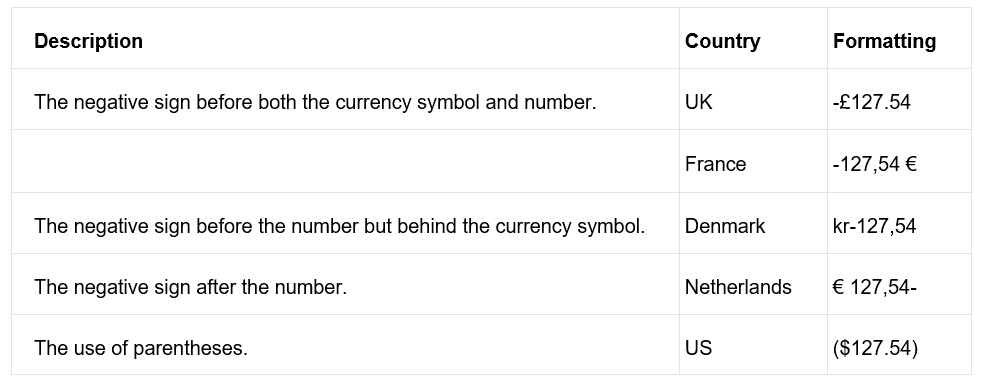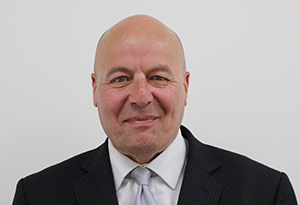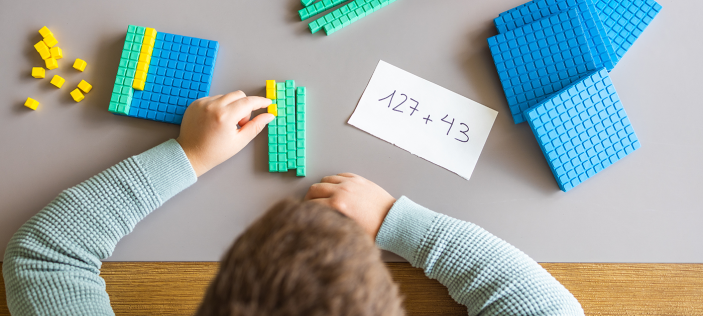Is maths a universal language?
If the above question is inserted into a ‘well known’ internet search engine the following answer is produced as a headline:
No, mathematics is not a universal language. It is, however, the study of universal truths.
The next available item to click produces the following:
‘The quote has many forms, but is basically "mathematics is a universal language." My question is if this is true and we met aliens could we use mathematics to talk to them? The fact that we could show them we know what 10 is doesn't seem like much of help in saying "do you come in peace?"'
This is beautifully answered on the next available click by an explanation of ‘Why Math is the Only True Universal Language’:
‘To start with, mathematics does not have a clearly defined, universally accepted definition. However it is safe to say that anything that studies the interaction between quantities, variables, structure, and change, is mathematics. Mathematics is not a tangible thing, but actually an abstract concept. There are a great many ways of expressing mathematics; the one you are probably most familiar with is the base ten Arabic format that permeates science right now. The base, the symbols, the structure, and the methods used to express mathematics can all be radically different and yet, it is still mathematics. Other civilizations have made other ways of expressing mathematics, and if we ever run into alien intelligence, it is likely that they will use a different system than we do. But the system is not the thing.’
This particularly resonated with me as on my travels as a TLA I consistently hear teaching staff referring to maths as a universal language, especially when they are discussing children new to this country. What is not discussed is the issue that although the base and the structure are the same ‘the symbols’ can be radically different. I have had the lucky experience of working in many different locations with a wide range of primary aged children who are new to this country after arriving from a variety of countries. I also used to view mathematics as a completely universal language until I carried out some Action Research with a group of girls of Polish heritage in Year Six who were both new to the country and to the English language. The research was prompted by my frustration in my not being able to ‘get through’ to the girls and teach them maths effectively.
As the school had several interpreters I adopted the ‘Lesson Study’ approach which involved both observing and interviewing the girls. It was the latter that provided the ‘light bulb’ moment that made me realise that the girls struggled with maths because some of the symbols in their country were different to those used in the UK. These were:
Ten divided by two is written as 10:2
Five multiplied by two is written as 5·2
Six point three is written as 6,3
This revelation, of course, changed the way that the girls were taught which included the ‘re-learning’ of mathematical symbols. Even between the girls there were also some differences because they came from different parts of the country. One girl, for example, used the ‘X’ for multiplication. From that moment the girls’ confidence pointedly increased, their whole demeanour became more positive and they made significant progress in solving calculations. They were all very competent but had been held back by their frustration at not understanding the symbols because they weren't used in the same way as they had previously experienced.
This led me into investigating mathematical symbols from around the world with the intention of generating a reference chart for others to use. Its completion became increasing problematic as different symbols are used in different parts of some countries and in others two or more are used in the same country. As examples though, some of the differences are shown below:
The character used as the thousands separator.
In the US, this character is a comma/separator (,). In Germany, it is a period/decimal point (.). Thus one thousand and twenty-five is displayed as 1,025 in the UK and 1.025 in Germany. In Sweden, the thousands separator is a space. In the UK either a space or a comma/separator is used.
The character used as the decimal separator.
In the UK, this character is a period/decimal point (.). In Germany, it is a comma/separator (,). Thus one thousand twenty-five and seven tenths is displayed as 1,025.7 in the UK and 1.025,7 in Germany.
The majority of European countries use the decimal comma. Among them are Spain, France, Norway, the Czech Republic, Denmark, and more. However, it’s important to note that the United Kingdom is an exception because they tend to follow the Imperial System, which uses the decimal point. Curiously, Switzerland and Liechtenstein are different, as they use a point as a decimal separator, and an apostrophe (‘) for thousands.
Digit grouping.
This refers to the number of digits contained between each separator for all digit groups that appear to the left of the decimal separator. For example, the 3-digit group is used predominantly: 123,456,789.00. However, notice that Hindi uses a 2-digit grouping, except for the 3-digit grouping for denoting hundreds: 12,34,56,789.00
The way commas/separators and period/decimal point are used in large numbers in Italian, is the reverse of what is done in English. In English we use commas/separators to divide the thousands e.g. 12,345 – There is a comma/separator after the number twelve. However in Italian, a period is used instead of a comma. So, the number already mentioned would be written 12.345 in Italian.
Consider the following:
9,876 (English) – 9.876 (Italian)
246,017 (English) – 246.017 (Italian)
1,3247,968 (English) -1.3247.968 (Italian)
8,554,631,902 (English) – 8.554.631.902 (Italian)
The reverse also happens with numbers less than one (decimal numbers). Instead of using a decimal point as in English, a comma/separator is used instead.
35.8 (English) – 35,8 (Italian) 9,876.3 (English) – 9.876,3 (Italian) $1.75 (English) – $1,75 (Italian)
In Switzerland: There are two cases. 1'234'567.89 is used for currency values. An apostrophe as thousands separator along with a "." as decimal symbol. For other values the SI style 1 234 567,89 is used with a "," as decimal symbol. When handwriting, a straight apostrophe is often used as the thousands separator for non-currency values: 1'234'567,89.
Currency formatting might also need to be taken into consideration these following elements including negative-amount display:

Percentage sign: In Arabic, the percent sign follows the number; as Arabic is written from right to left, this means that the percent sign is to the left of the number, usually without a space: %48
As mentioned, all of the above is not intended to be a definitive list. It is more to highlight the issue and to raise awareness of the difference in symbols in mathematics in different countries (and within countries). The knowledge of these symbols can be revealed by talking to the children before any maths teaching takes place in an ‘assessment of any previous understanding before learning takes place’ scenario.
If mathematics is a universal language (in this case with the same base and structure but with different symbols) then understanding some of the different symbols used may help us to provide assistance to those children who are new to the country.



